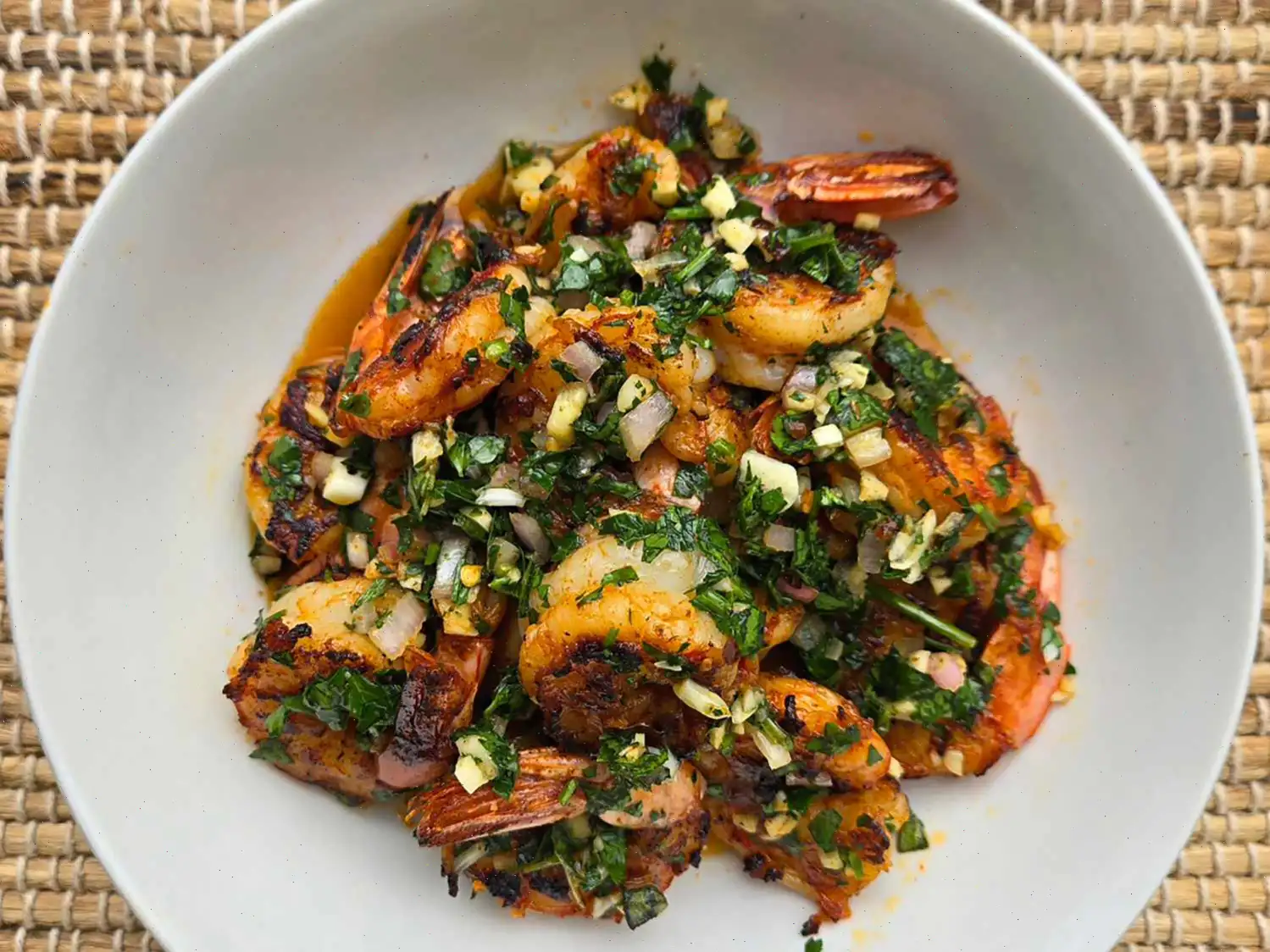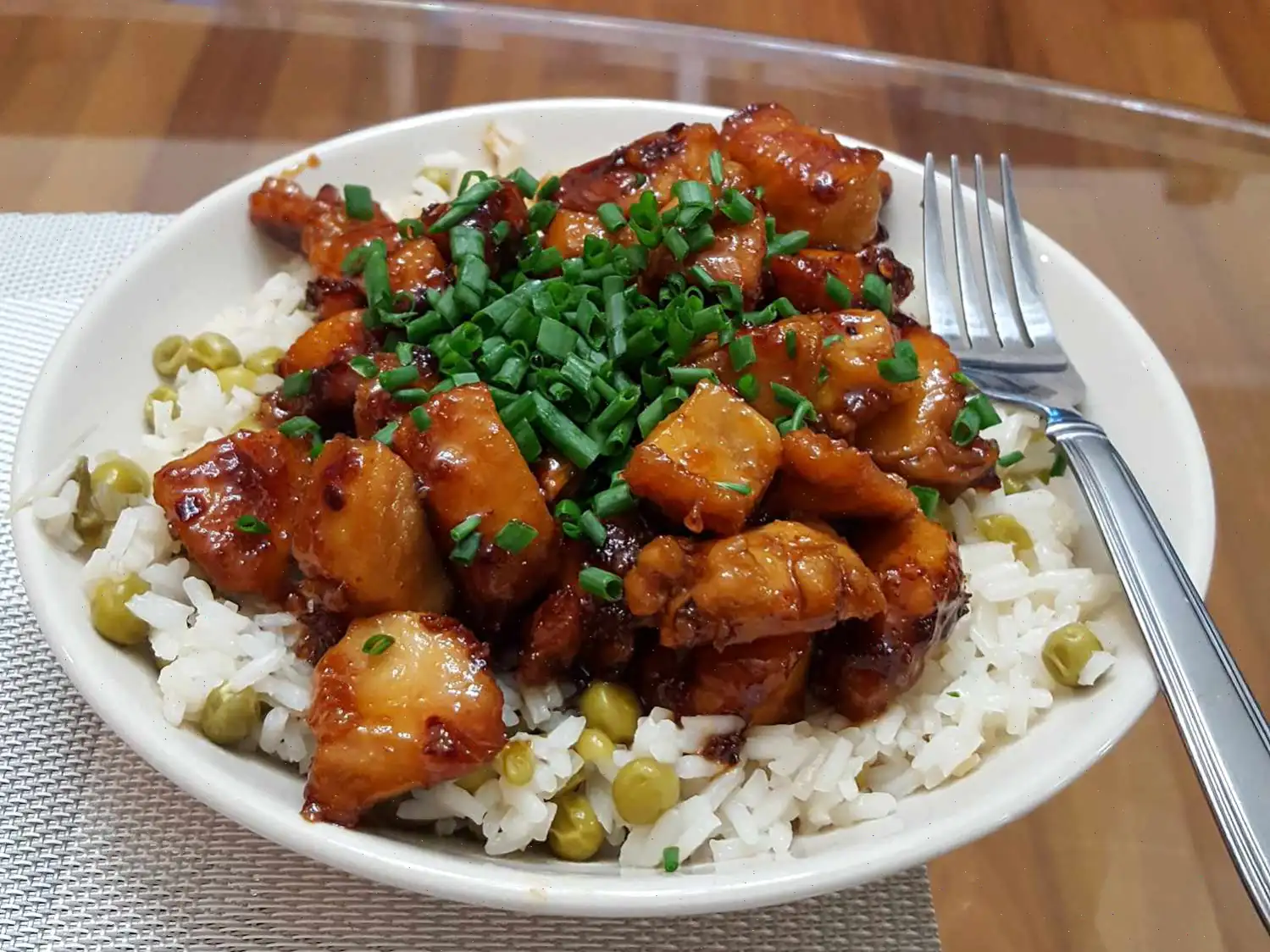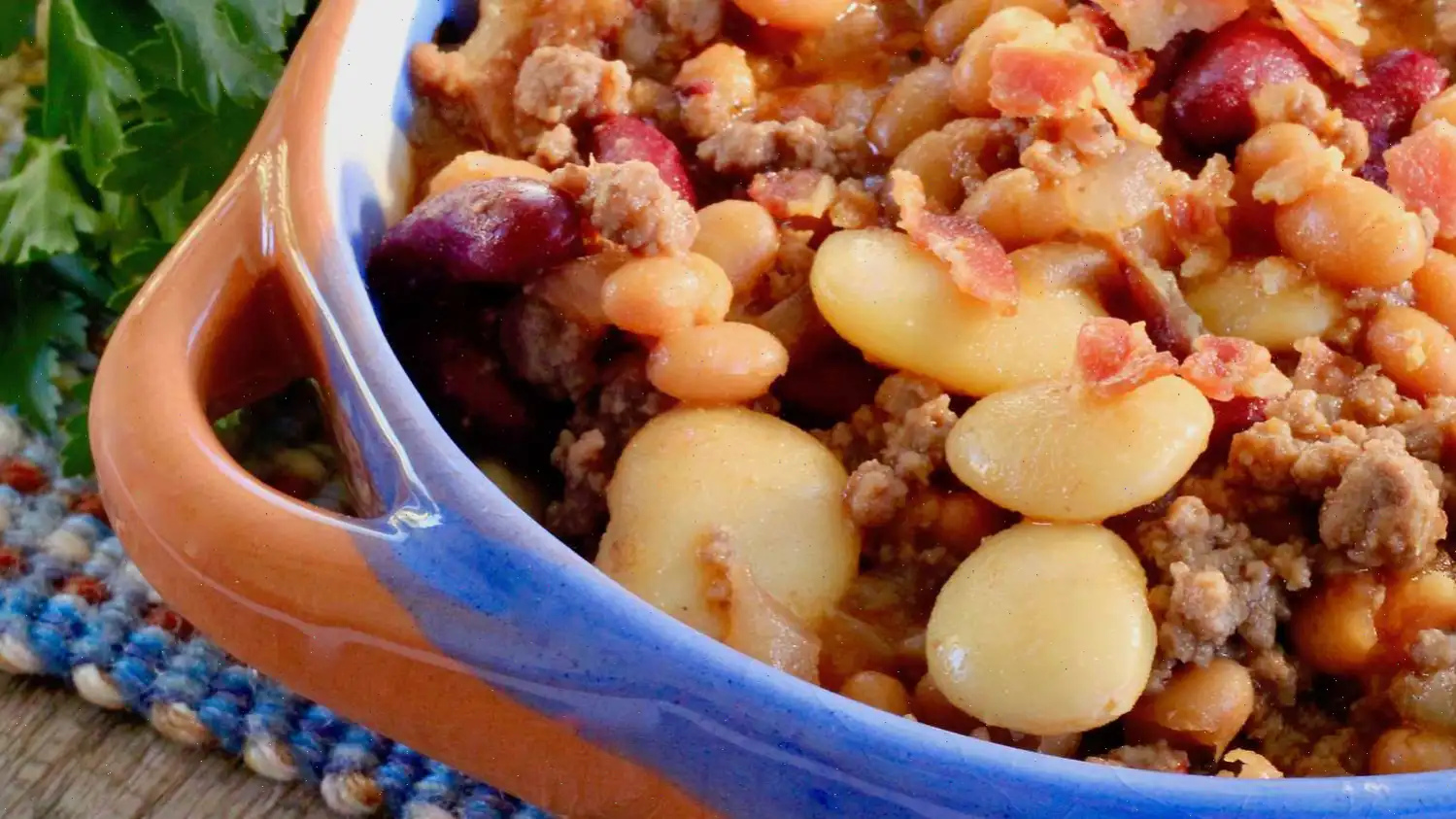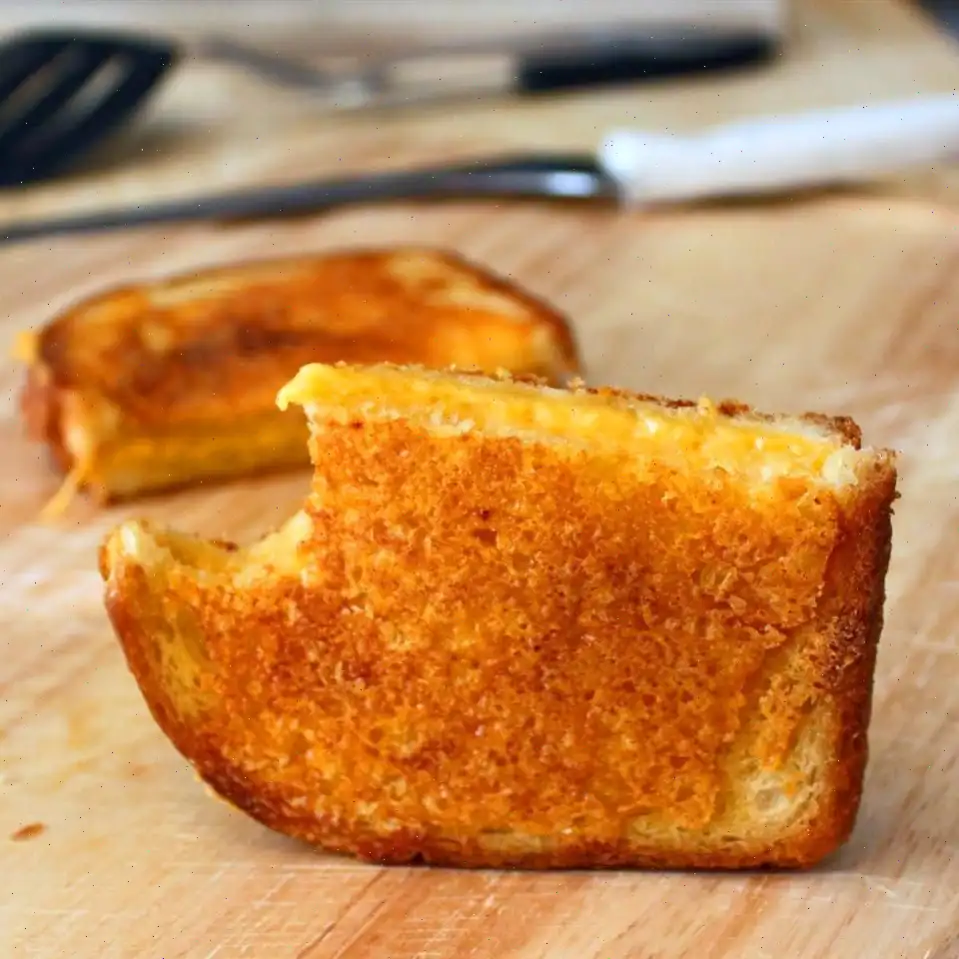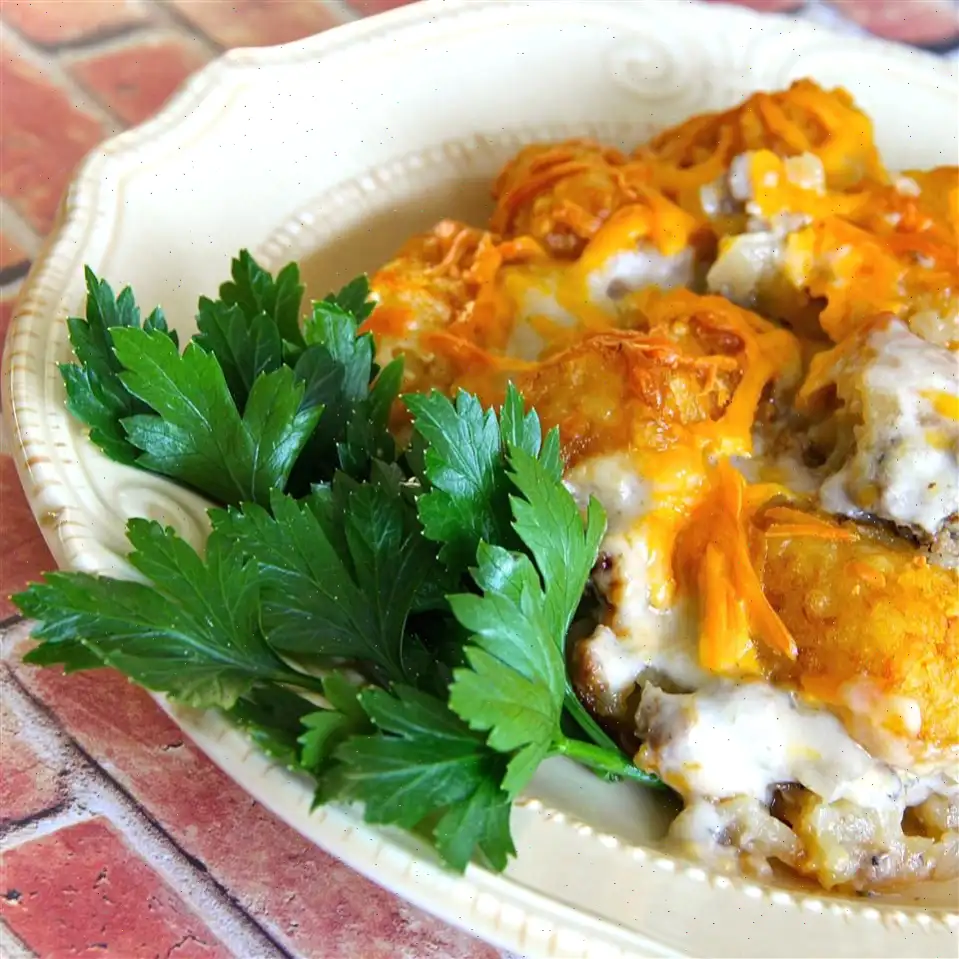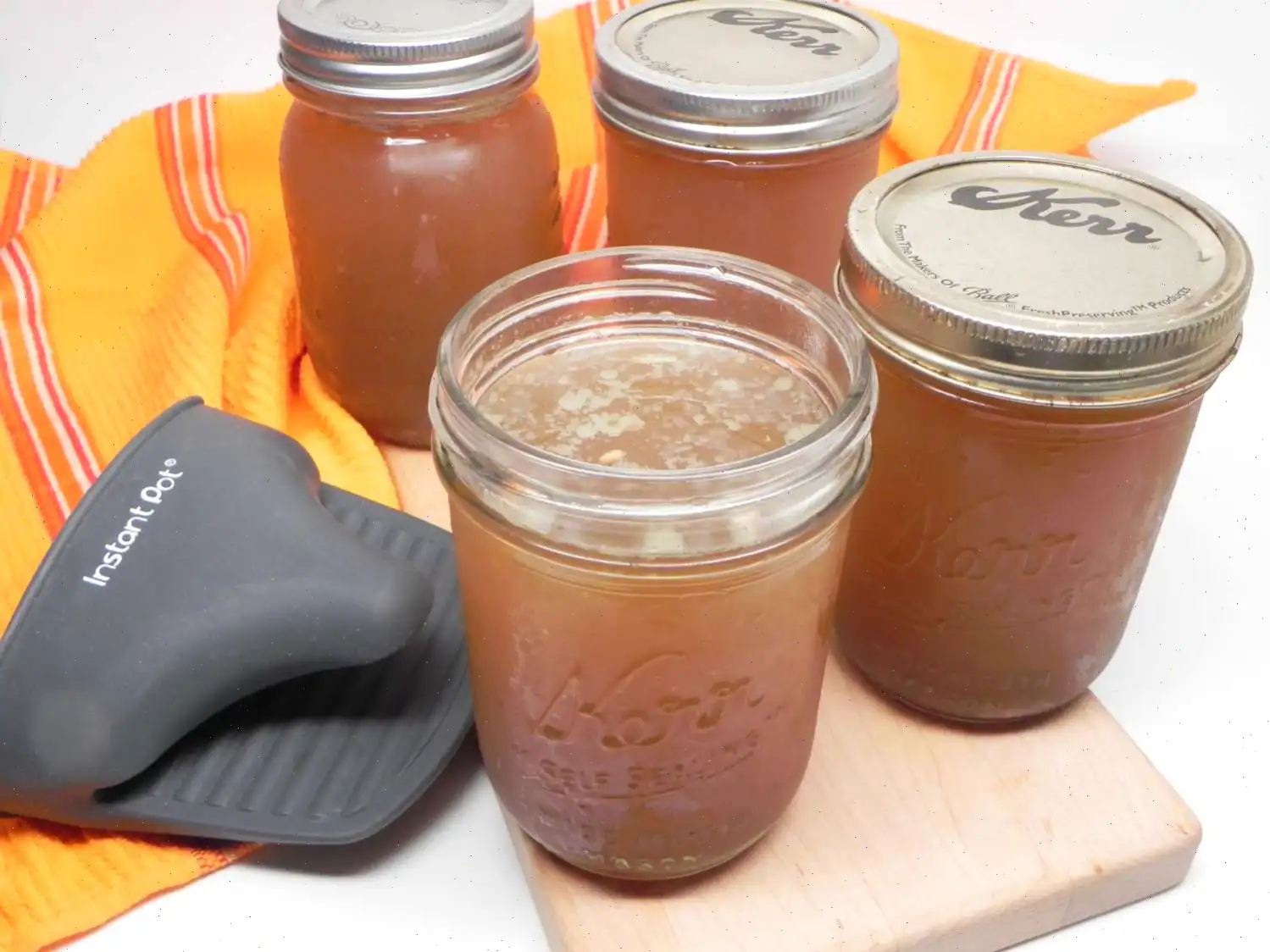
Chimichurri Shrimp Recipe
Chimichurri Shrimp
Ingredients
Chimichurri Sauce:
- 1/2 cup finely chopped fresh parsley
- 5 cloves garlic, finely chopped
- 1/2 shallot, finely chopped
- 2 tablespoons finely chopped fresh oregano
- 2 tablespoons red pepper flakes
- 1/2 cup olive oil
- 3 tablespoons red wine vinegar
- 1 teaspoon salt
- 1 teaspoon freshly ground black or white pepper
Shrimp:
- 1 pound jumbo or large shrimp, peeled and deveined
- 3 tablespoons olive oil
- 1 tablespoon honey
- 1 tablespoon garlic powder
- 2 teaspoons smoked paprika
- 1 teaspoon freshly ground black pepper
Directions
Step 1: Prepare the chimichurri sauce by adding the parsley, garlic, shallot, oregano, red pepper flakes, olive oil, vinegar, salt, and pepper to a medium-sized bowl. Stir the mixture thoroughly to combine all ingredients. Allow it to sit for at least 30 minutes (up to 1 hour) to allow the flavors to fully develop.
Step 2: For the shrimp, place the peeled shrimp in a large mixing bowl. Add olive oil, honey, garlic powder, smoked paprika, salt, and freshly ground black pepper. Mix everything together to ensure that the shrimp is evenly coated. Cover the bowl and marinate in the refrigerator for 30 minutes.
Step 3: Heat a griddle or cast-iron skillet over medium-high heat. Once hot, add the shrimp in a single layer to the skillet. Cook for 3 minutes on each side until the shrimp are fully cooked and have a slight char. Depending on the size of your skillet, you may need to cook the shrimp in batches.
Step 4: Once the shrimp are cooked, transfer them to a serving bowl. Spoon a generous amount of chimichurri sauce over the shrimp and toss gently to coat each piece with the flavorful sauce. Serve immediately and enjoy!
Nutrition Facts (per serving)
| Nutrient | Amount |
|---|---|
| Calories | 525 |
| Total Fat | 40g |
| Saturated Fat | 6g |
| Cholesterol | 239mg |
| Sodium | 2143mg |
| Total Carbohydrate | 15g |
| Dietary Fiber | 3g |
| Total Sugars | 6g |
| Protein | 28g |
| Vitamin C | 17mg |
| Calcium | 147mg |
| Iron | 2mg |
| Potassium | 441mg |
* Percent Daily Values are based on a 2,000 calorie diet. Your daily values may be higher or lower depending on your calorie needs.
Note: Nutrient information is based on available data and may vary depending on specific ingredients used. If you're following a medically restricted diet, consult with a healthcare professional before preparing this recipe.
The Story Behind Chimichurri Shrimp
Chimichurri shrimp is a dish that beautifully combines the simplicity of fresh seafood with the vibrant, herbaceous flavors of chimichurri, a traditional sauce originating from Argentina. Chimichurri itself has roots in the 19th century, often credited to European immigrants who settled in South America, blending their culinary traditions with local ingredients. The shrimp version likely emerged as coastal regions adapted the classic sauce to their abundant seafood, creating a dish that balances the bright tang of vinegar, the heat of chili, and the aromatic freshness of parsley and oregano.
Regional Variations
While chimichurri is most closely associated with Argentina and Uruguay, chimichurri shrimp has been embraced throughout Latin America. In Argentina, it is common to grill the shrimp and serve them over a simple bed of rice or with roasted vegetables. In coastal areas of Brazil, variations include adding lime juice or coconut milk to the chimichurri, highlighting the tropical flavors of the region. Each region tweaks the balance of herbs, oil, and heat to suit local palates, making every version distinct yet familiar.
How It Differs from Similar Dishes
Chimichurri shrimp differs from other herb-marinated shrimp dishes in its use of chimichurri sauce as both a marinade and a finishing topping. Unlike garlic butter shrimp or Cajun-spiced shrimp, chimichurri shrimp relies on the acidity of vinegar and the freshness of raw herbs rather than heavy cream, butter, or smoked spices. This results in a brighter, lighter flavor profile that emphasizes the natural taste of the shrimp while providing a bold, aromatic punch.
Where Its Typically Served
This dish is versatile and can be found in a variety of settings, from casual backyard barbecues to elegant seafood restaurants. In Latin American households, it is often served as a main course during family gatherings or festive occasions, paired with crusty bread, grilled vegetables, or a simple salad. In restaurants, it may appear as an appetizer or part of a larger seafood platter, showcasing its colorful presentation and zesty flavor.
Interesting Facts
- Chimichurri sauce is traditionally made without cooking, which preserves the bright, herbal flavors and allows it to act as a fresh condiment for grilled meats and seafood.
- The name "chimichurri" is believed to have originated from the Basque word "tximitxurri," meaning a mixture of several things without exact proportions, reflecting the sauces flexible recipe.
- Grilled shrimp absorbs the flavors of chimichurri quickly, making it a perfect choice for a quick weeknight dinner with intense taste but minimal cooking time.
- Though it pairs naturally with shrimp, chimichurri can also complement fish, chicken, or even roasted vegetables, making it a staple sauce in Latin American cuisine.
- The combination of parsley, garlic, and red pepper flakes in chimichurri not only enhances flavor but also provides antioxidants and vitamins, making it a relatively healthy addition to a seafood meal.
You can listen to this recipe in AI audio format. Simply click the play button below to listen to the content in a format that suits you best. It’s a great way to absorb information on the go!


